Closing Scenes of the Penobscot Expedition
As morning broke on August 17, 1779, Vice-Admiral Sir George Collier, the commander of the small British flotilla inside Penobscot Bay, could hardly believe what had transpired over the past three days. Arriving with the expectation of a stiff fight from an American fleet much larger than his own, no battle ever materialized as the American commanders chose self-destruction to facing British guns. Without firing a shot, the entire American fleet, the largest assembled in the American Revolution, had been destroyed, and the already undersized Continental Navy was now without the services of many fine ships such as the frigate Warren and the sloop Providence.
Collier and his ships soon sailed back to New York, their home station, while Brigadier General Francis McLean, the commander of Fort George, continued strengthening the post, anticipating a second try by the Americans. But that did not happen, and Fort George would be occupied by the British until the end of the war. From this bridgehead, it was hoped that a fresh colony, New Ireland, would develop as a buffer between the colonies and Nova Scotia, but that never happened either, and the area was given back to the United States with the Treaty of Paris in 1783.
Back in Boston, as the survivors straggled back into town and told their tale, the people were stunned, but that soon gave way to rising indignation as they realized that nothing had been accomplished and not one ship would be returning. This fact was especially galling to those who had invested money in the privateers that made up a significant portion of the fleet.
All fiascos need a scapegoat, and the Penobscot Expedition was no exception. The Massachusetts General Assembly, who had disdained to seek help from the Continental Congress or the Continental Army, immediately launched investigations. The three main culprits emerged in Lieutenant Colonel Paul Revere, the head of artillery, Brigadier General Solomon Lovell, the commander of the militiamen, and Commodore Dudley Saltonstall, the naval commander.
John Singleton Copley. “Paul Revere.” Wikimedia.
At the time of the expedition, Revere was known in the Boston area as a very talented silversmith, a devoted Patriot (Revere joined the Sons of Liberty in 1765), and an express rider for Boston’s Committee of Correspondence. Revere’s national fame would not come until 1861, forty-three years after his death, when Henry Wadsworth Longfellow published his American patriotic masterpiece The Midnight Ride of Paul Revere. Revere had raised some eyebrows and drew some criticism for not initially sharing the hardships of the field with the men under his command.
But the main charge was that Revere had not stayed with his 100 artillerymen and the artillery pieces entrusted to his command during the hasty retreat up the Penobscot River. A few days after the debacle in Penobscot Bay, Revere met up with them at Fort Western (modern day Augusta, Maine) on the Kennebec River where the refugees from the disaster had set up a makeshift camp.
Revere gave one of his lieutenants money to purchase provisions for the men and told him to march them to Boston while Revere, who was nursing an ailing leg, bought a boat and sailed back. While the Massachusetts General Assembly’s Committee of Enquiry found these leadership lapses distressing, they did not find them criminal, and Revere was cleared of any formal charges. But he was never entrusted with any subsequent commands.
General Solomon Lovell was also asked to testify before the Board of Enquiry as to his role in the debacle. By most accounts, Lovell was guilty of timidity when he failed to follow up the first day’s successful assault on Dyce’s Head by pressing on and taking Fort George. But Lovell and all the Massachusetts militiamen he commanded were very familiar with Bunker Hill. In fact, many had been there and seen firsthand how deadly it was to assault an entrenched position.
At that battle four years earlier, the Massachusetts militia had been on the giving end of the slaughter, and they had no desire to try their luck with the roles reversed. When Lovell decided to bombard Fort George into submission, it seemed like a prudent choice. He had no idea that the artillery support he counted on from the nineteen warships would never materialize. Lovell was completely exonerated, but this was the last wartime service Lovell would perform.
Not surprisingly, Commodore Dudley Saltonstall would be the scapegoat for this failed expedition. His conduct, bordering on extreme cowardice, was deemed inexcusable by the both the Committee of Enquiry which heard testimony from every Captain who had been at Penobscot (except for Saltonstall), and a separate court-martial before a Board of Saltonstall’s fellow Continental Navy Captains.
On October 9, the Committee of Enquiry declared, “Want of proper spirit and energy on the part of the Commodore” was found responsible for the “total destruction of the fleet” in Penobscot Bay. The Board of the Continental Navy Captains reached the same conclusion and, on October 25, Saltonstall was dismissed from the Continental Navy.
The Penobscot Expedition would prove to be our nation’s worst naval defeat and the greatest loss of warships until we were surprised by the Japanese at Pearl Harbor at dawn on December 7, 1941.
Next week, we will discuss the Yorktown campaign. Until then, may your motto be “Ducit Amor Patriae,” love of country leads me.

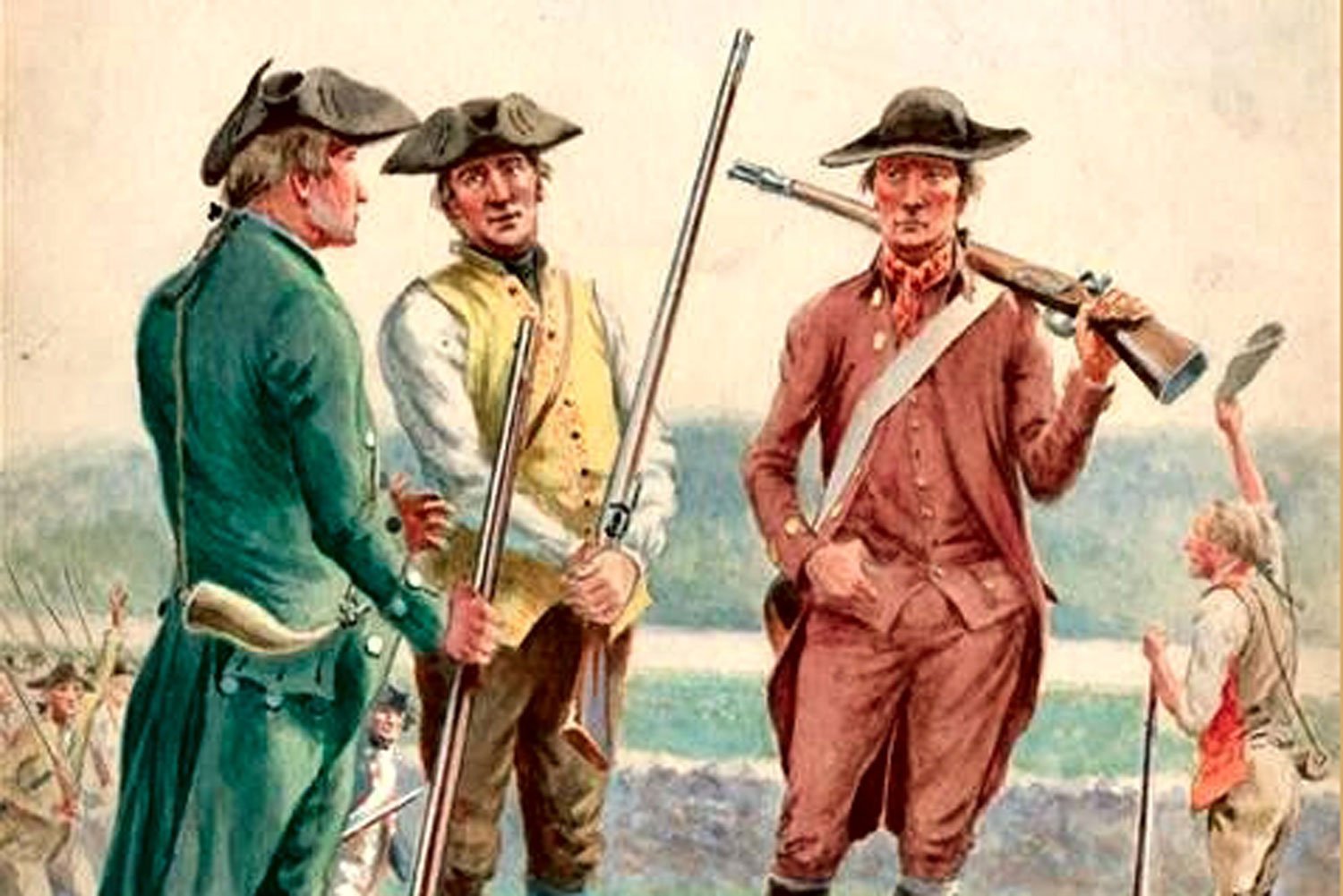
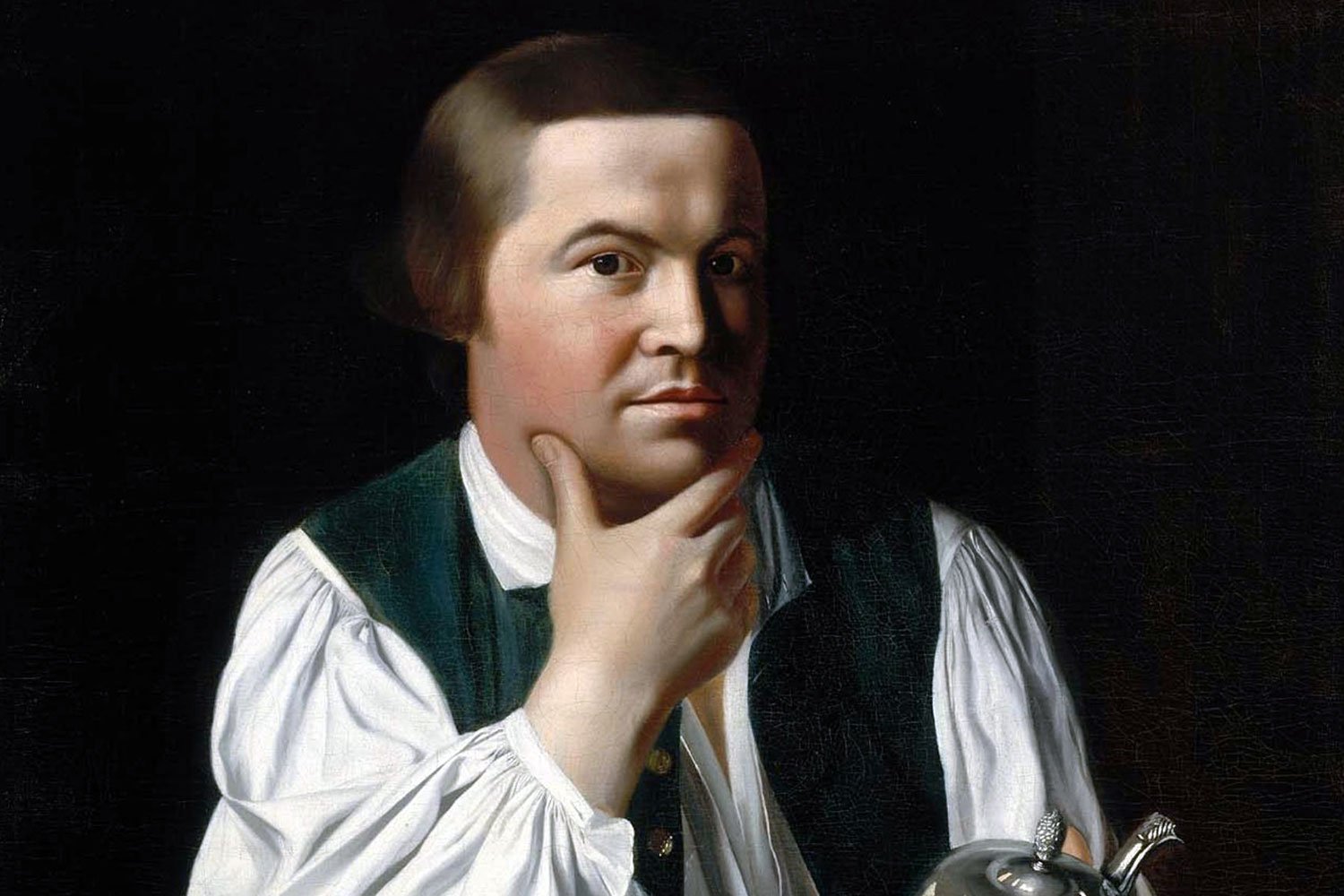

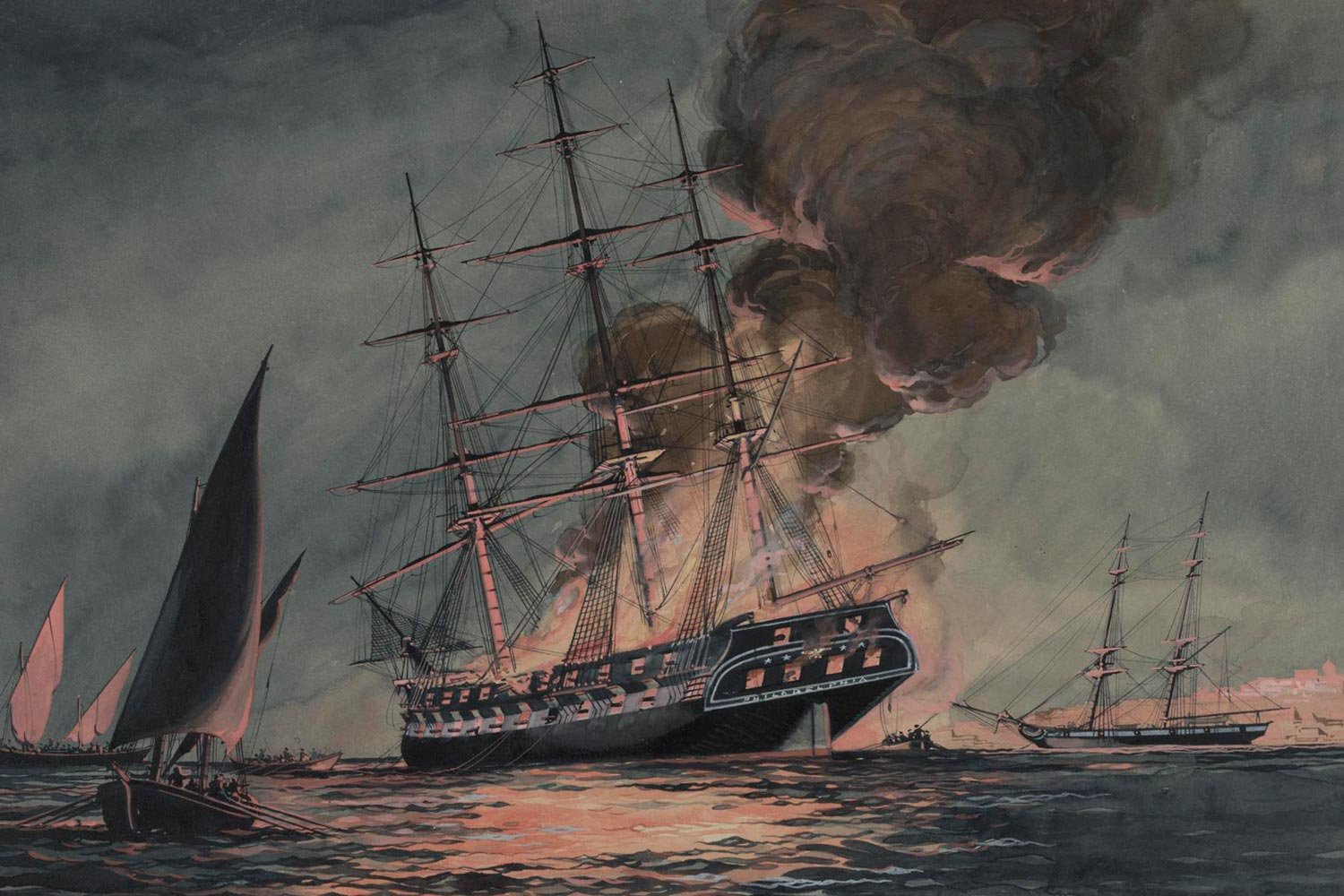
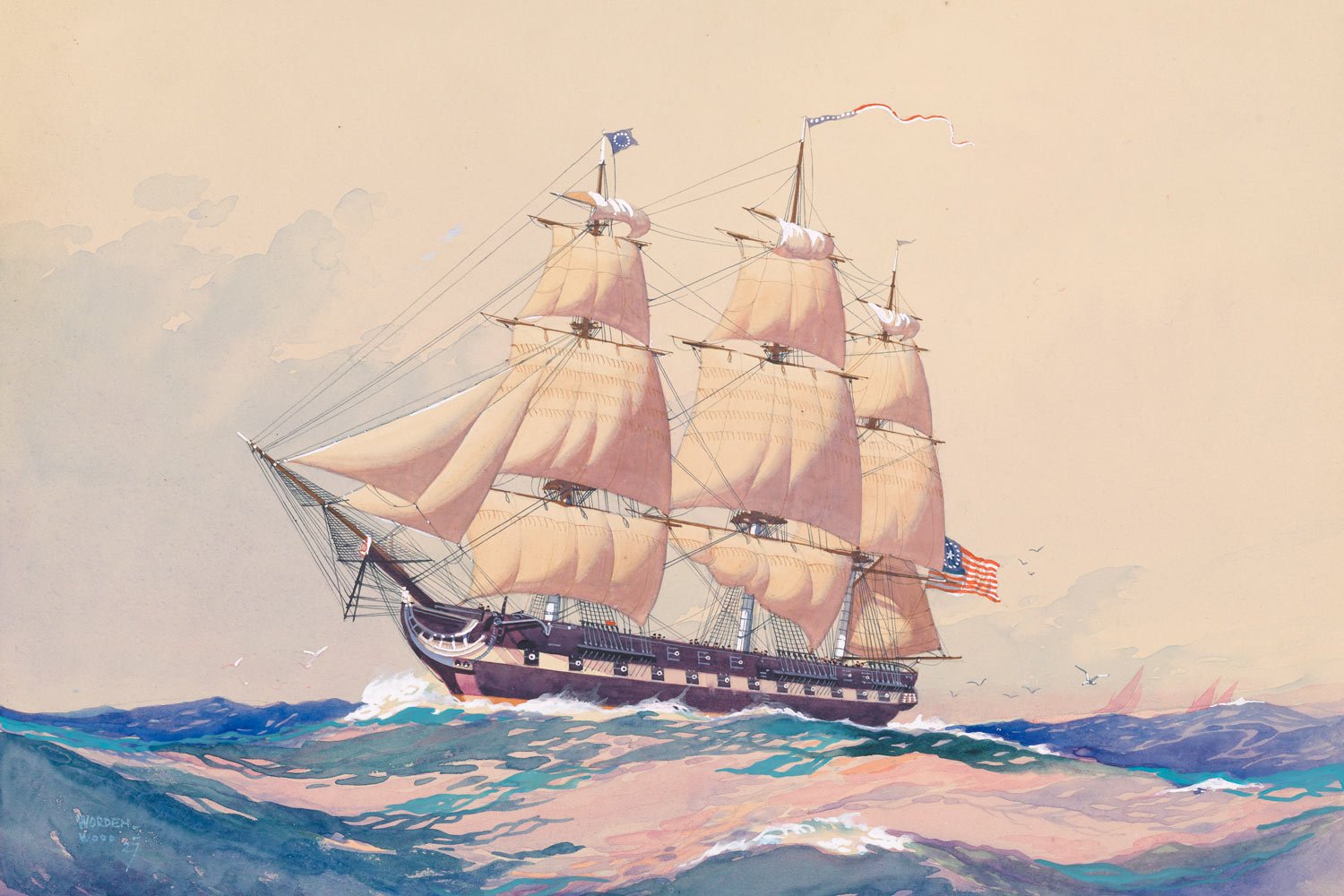


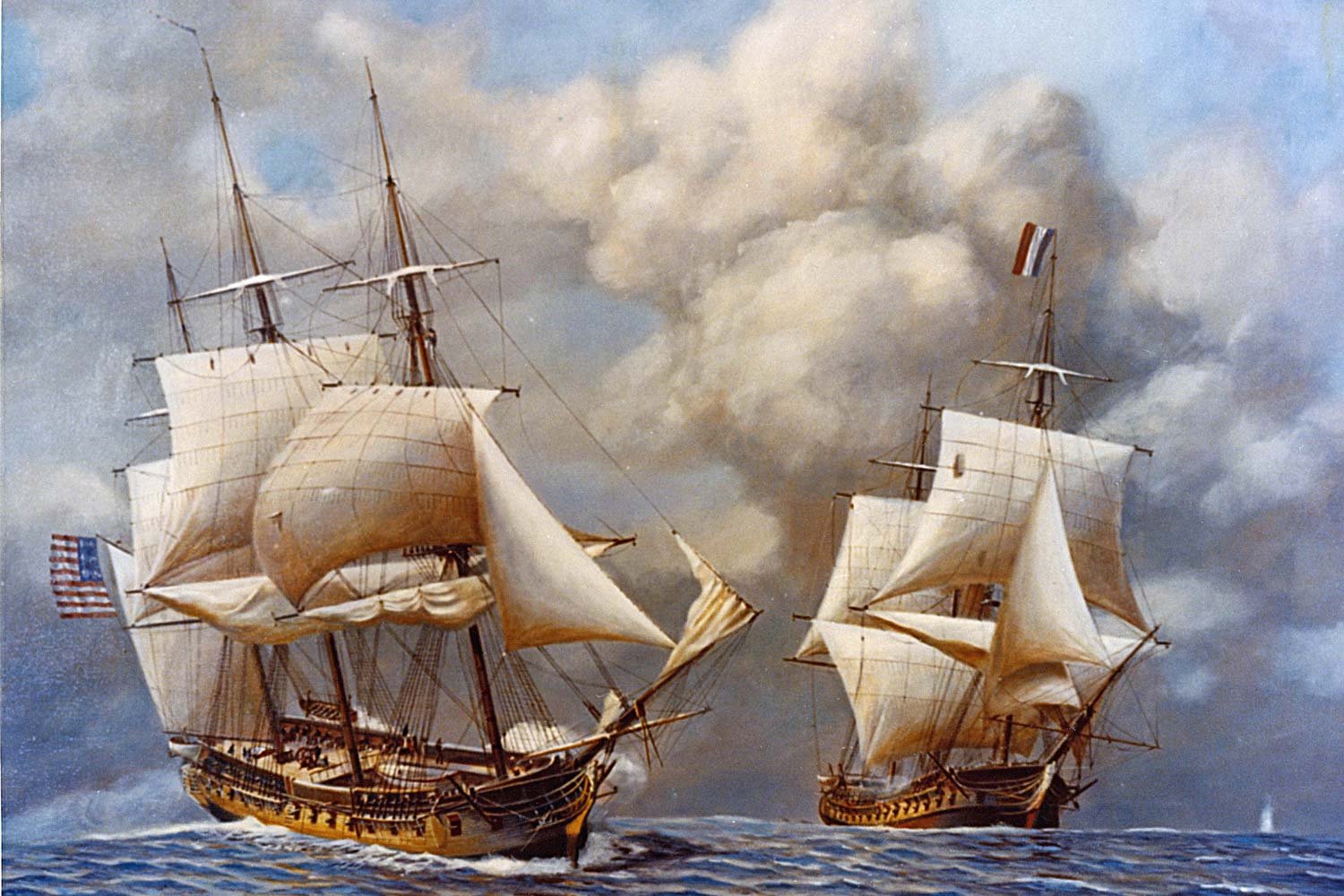
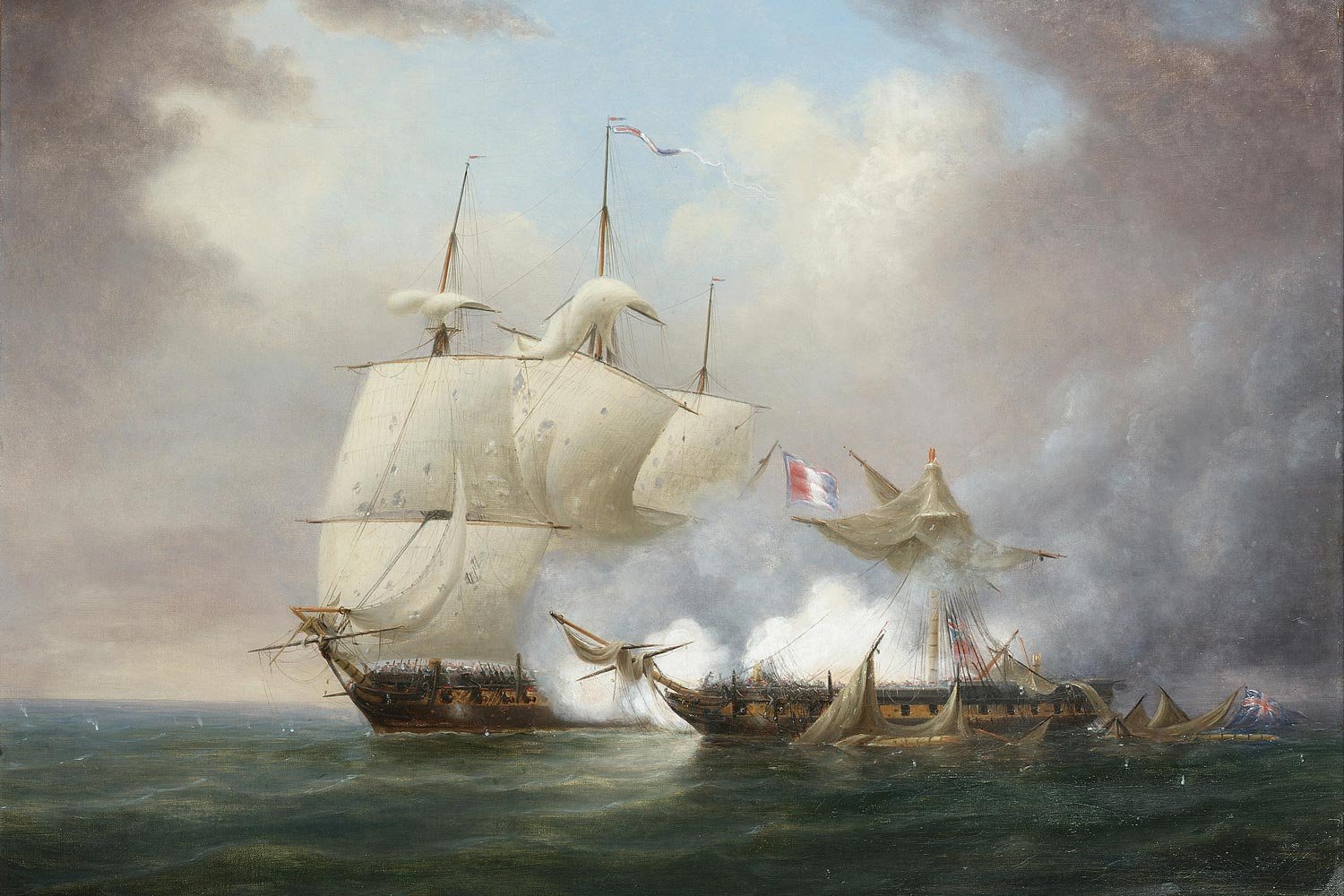
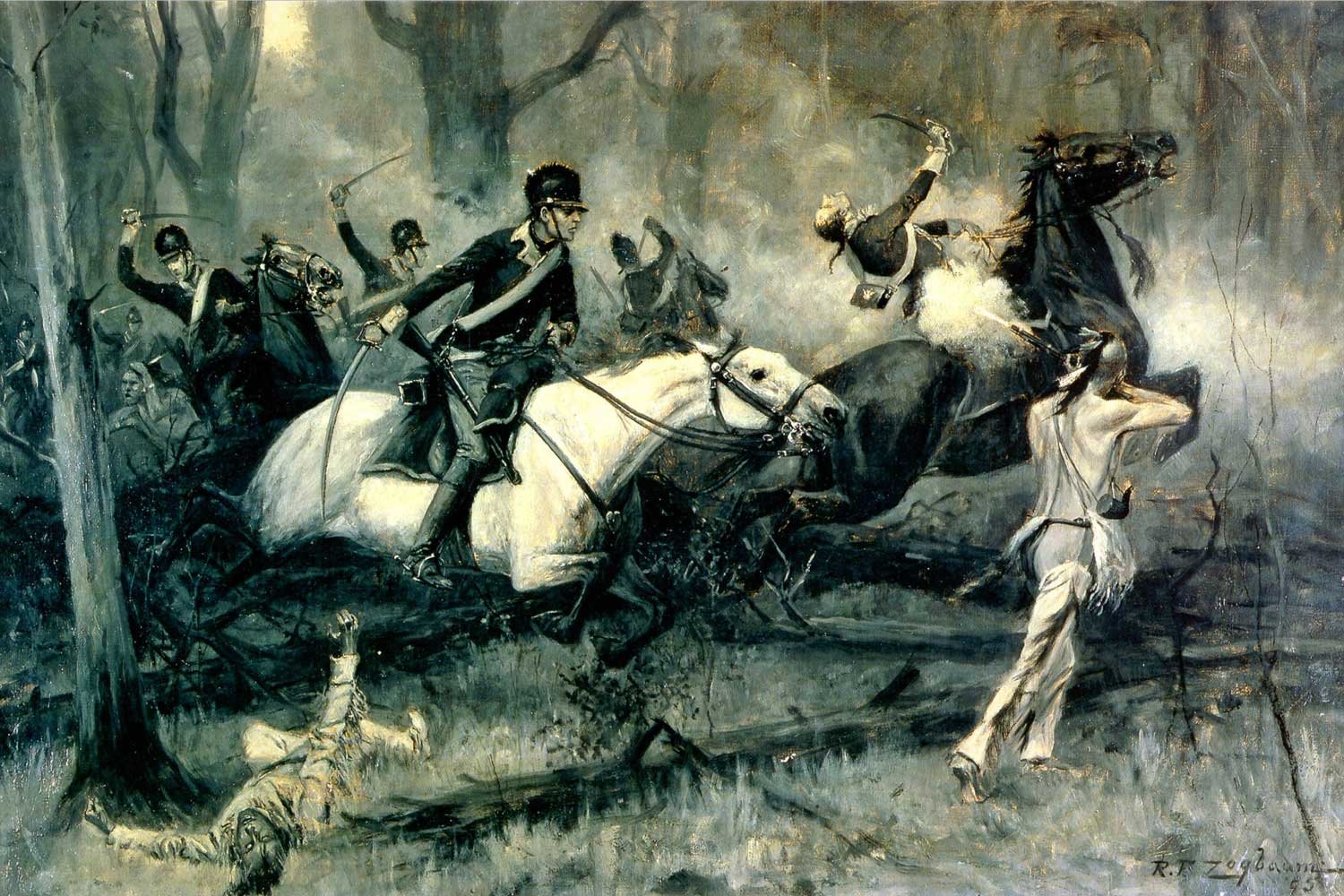
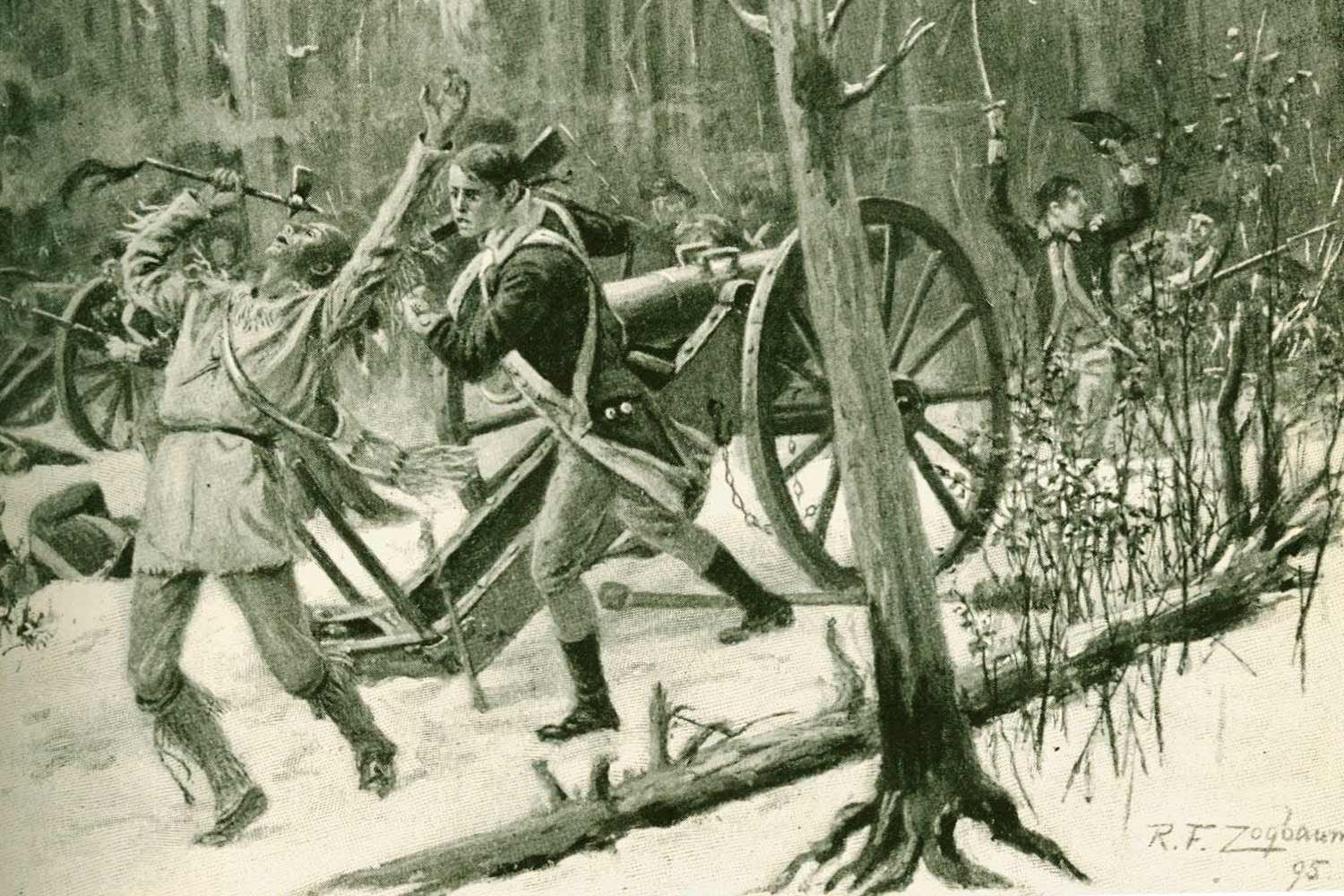
Commodore Edward Preble assembled his considerable American fleet just outside Tripoli harbor in August 1804, determined to punish the city and its corsairs, and force Yusuf Karamanli, the Dey of Tripoli, to sue for peace.